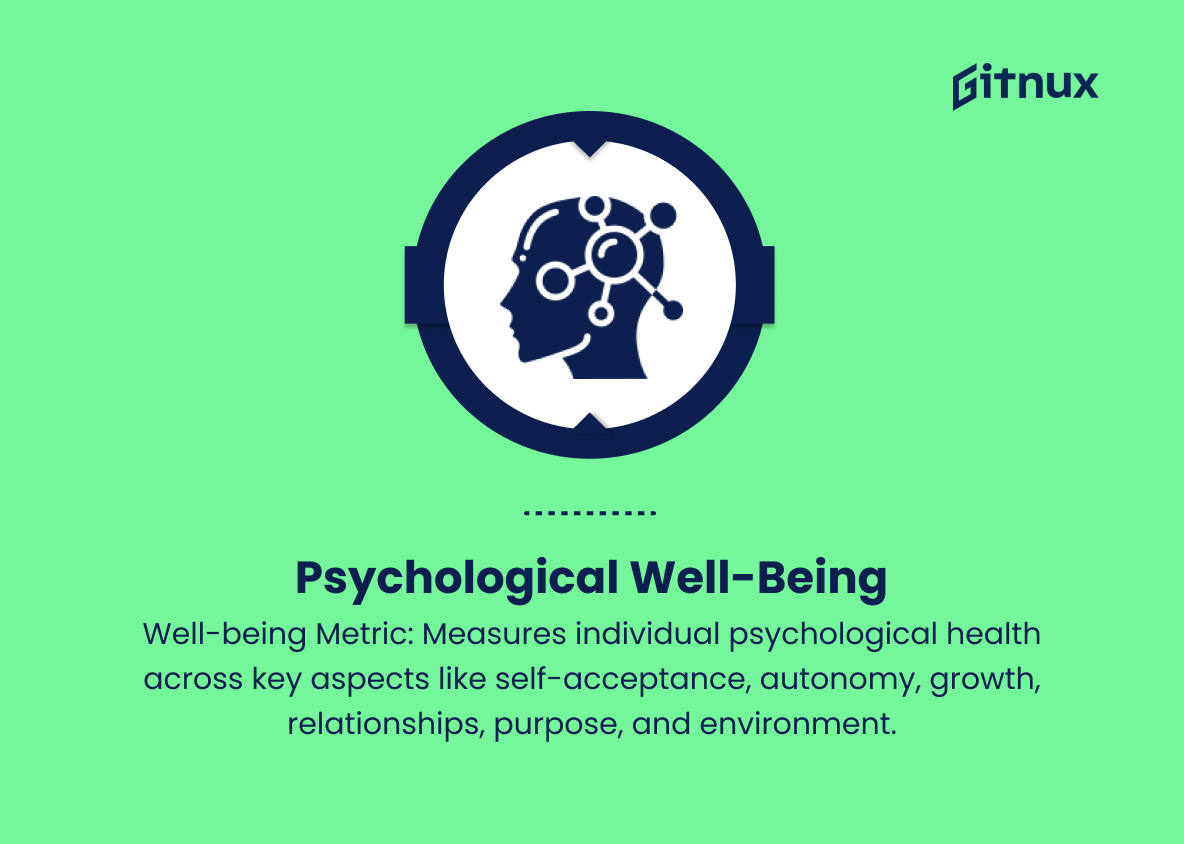In today’s fast-paced, achievement-focused world, the quest for happiness remains a topic of discussion and concern for many. While the pursuit of wealth, success, and material possessions seems unquenchable, numerous studies reveal that true happiness isn’t always found where one might expect.
As we delve into the realm of happiness metrics, we will explore the intricate connection between subjective well-being, external circumstances, and the quantifiable factors that contribute to or detract from an individual’s contentment. In this thought-provoking blog post, we will analyze various happiness metrics, the significance of measuring and understanding them, and how they can guide us towards a more balanced and fulfilled life.
Happiness Metrics You Should Know
1. Gross National Happiness (GNH)
A holistic approach to measuring happiness developed in Bhutan, which takes into account economic, social, environmental, and cultural factors affecting the well-being of citizens.
2. Subjective Well-being (SWB)
This metric measures a person’s self-reported assessment of their life satisfaction, happiness, and positive/negative emotions.
3. Life Satisfaction
A self-reported measure asking individuals to rate their overall satisfaction with their life on a scale, usually from 1 to 10.
4. Positive Affect (PA) and Negative Affect (NA)
These two metrics measure the frequency and intensity of positive and negative emotional experiences in a person’s life.
5. Psychological Well-being (PWB)
A metric assessing the psychological functioning of individuals, including self-acceptance, autonomy, personal growth, positive relationships, purpose in life, and environmental mastery.
6. Cantril’s Ladder
A scale asking individuals to rank their current and future lives on a ladder of 0 (worst possible life) to 10 (best possible life).
7. World Happiness Report
An annual report released by the United Nations, measuring happiness in 156 countries based on six factors: income, healthy life expectancy, social support, freedom to make life choices, generosity, and perceptions of corruption.
8. Happy Planet Index (HPI)
A global measurement of well-being and environmental impact by a nation, consisting of three main factors: well-being (life satisfaction), life expectancy, and ecological footprint.
9. Oxford Happiness Questionnaire
A self-assessment tool comprising of 29 items aimed at determining an individual’s happiness based on different aspects of well-being, such as self-esteem, optimism, and emotional resilience.
10. PERMA Model
A model developed by Martin Seligman to measure happiness, comprising five components: Positive emotions, Engagement or flow, Relationships, Meaning or purpose, and Accomplishments or achievements.
11. Workplace Happiness
Metrics that assess the happiness and well-being of employees, including job satisfaction, work-life balance, and employee engagement.
12. Gross Domestic Product (GDP) per capita
Although not a direct measure of happiness, it is commonly used as a proxy for a country’s standard of living, which can indirectly affect happiness levels.
13. Social Progress Index (SPI)
A comprehensive measure assessing social and environmental indicators, such as access to education, healthcare, and opportunity, which can contribute to overall happiness.
Remember that happiness is complex and cannot be fully captured by a single metric. Each of these metrics offers a glimpse of an individual’s or a nation’s happiness and contributes to the broader understanding of well-being.
Happiness Metrics Explained
Happiness Metrics play a crucial role in understanding and improving the well-being of individuals and societies. Gross National Happiness (GNH) provides a holistic approach to gauge happiness by considering economic, social, environmental, and cultural factors. Subjective Well-being (SWB) and Life Satisfaction reveal personal evaluations of happiness and contentment, while Positive Affect (PA) and Negative Affect (NA) assess the emotions experienced by individuals. Psychological Well-being (PWB) takes into account various aspects of psychological functioning, whereas Cantril’s Ladder offers insight into how people perceive their current and future lives.
The World Happiness Report and Social Progress Index (SPI) help to evaluate happiness and social welfare across nations, and the Happy Planet Index (HPI) measures well-being in relation to environmental impact. The Oxford Happiness Questionnaire, PERMA Model, and Workplace Happiness metrics aid in determining happiness influenced by well-being factors, such as self-esteem, optimism, and work-life balance.
Though not a direct measure of happiness, Gross Domestic Product (GDP) per capita acts as an indicator of a country’s standard of living, which may affect happiness levels indirectly. These diverse metrics collectively contribute to a comprehensive understanding of happiness and well-being, recognizing the inherent complexity of these concepts.
Conclusion
In summary, happiness metrics play a critical role in understanding and measuring the well-being of individuals, communities, and nations. By harnessing the power of data-driven insights, we can make more informed decisions, create meaningful policies, and instill positive change in the pursuit of happiness for all.
While individual happiness remains a subjective experience, collectively embracing happiness metrics serves as a reminder of the importance of nurturing mental and emotional health. By taking these measurements more seriously, we pave the way for a brighter and more fulfilled future, where happiness is not only sought but attained and cherished.














